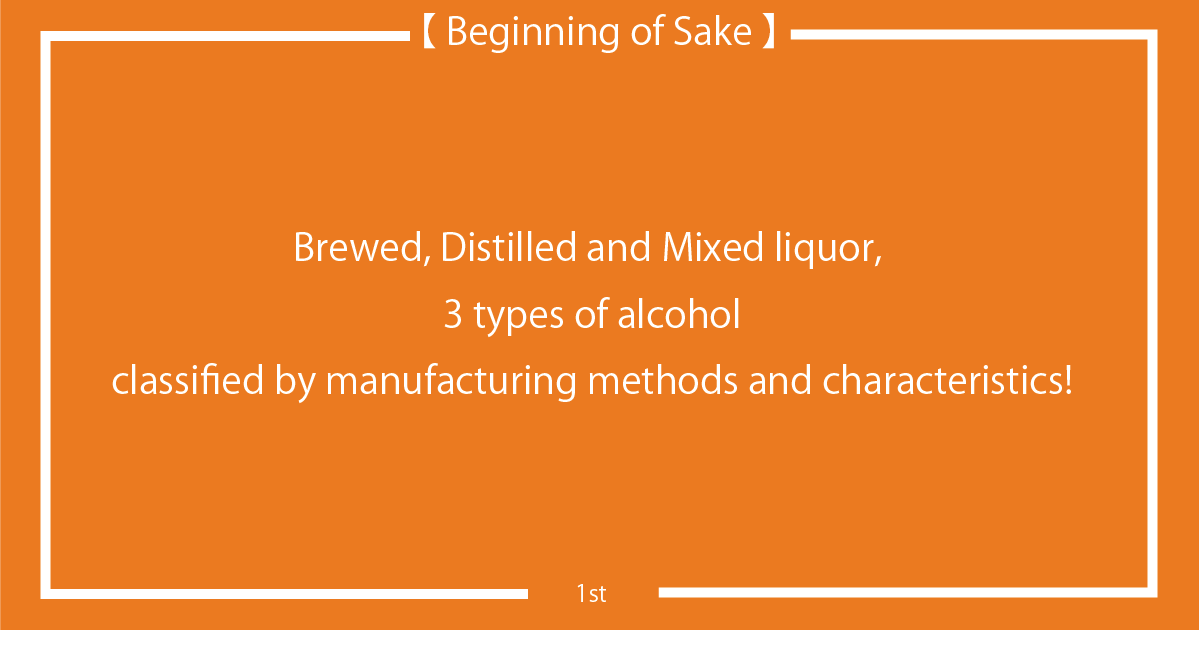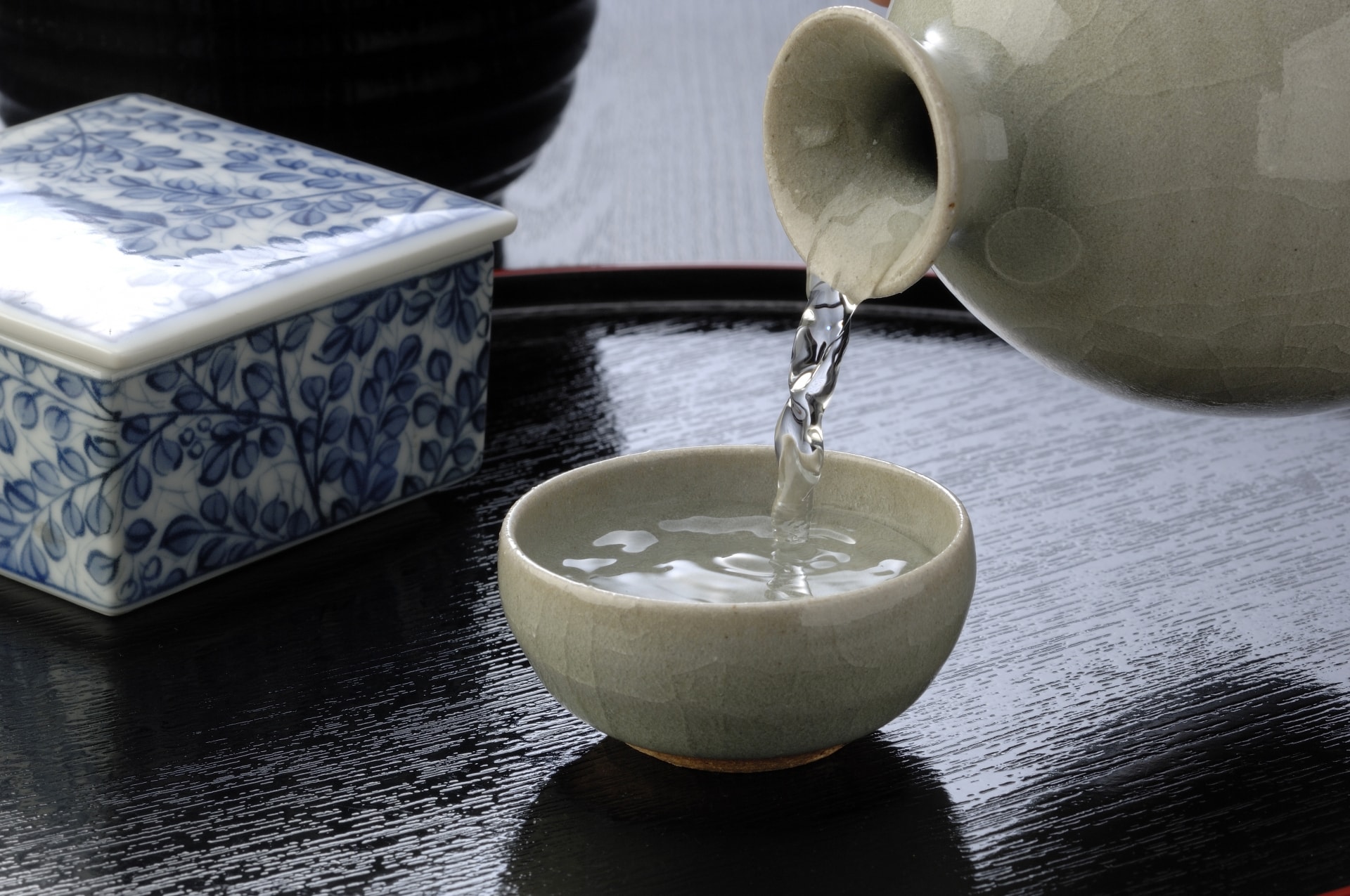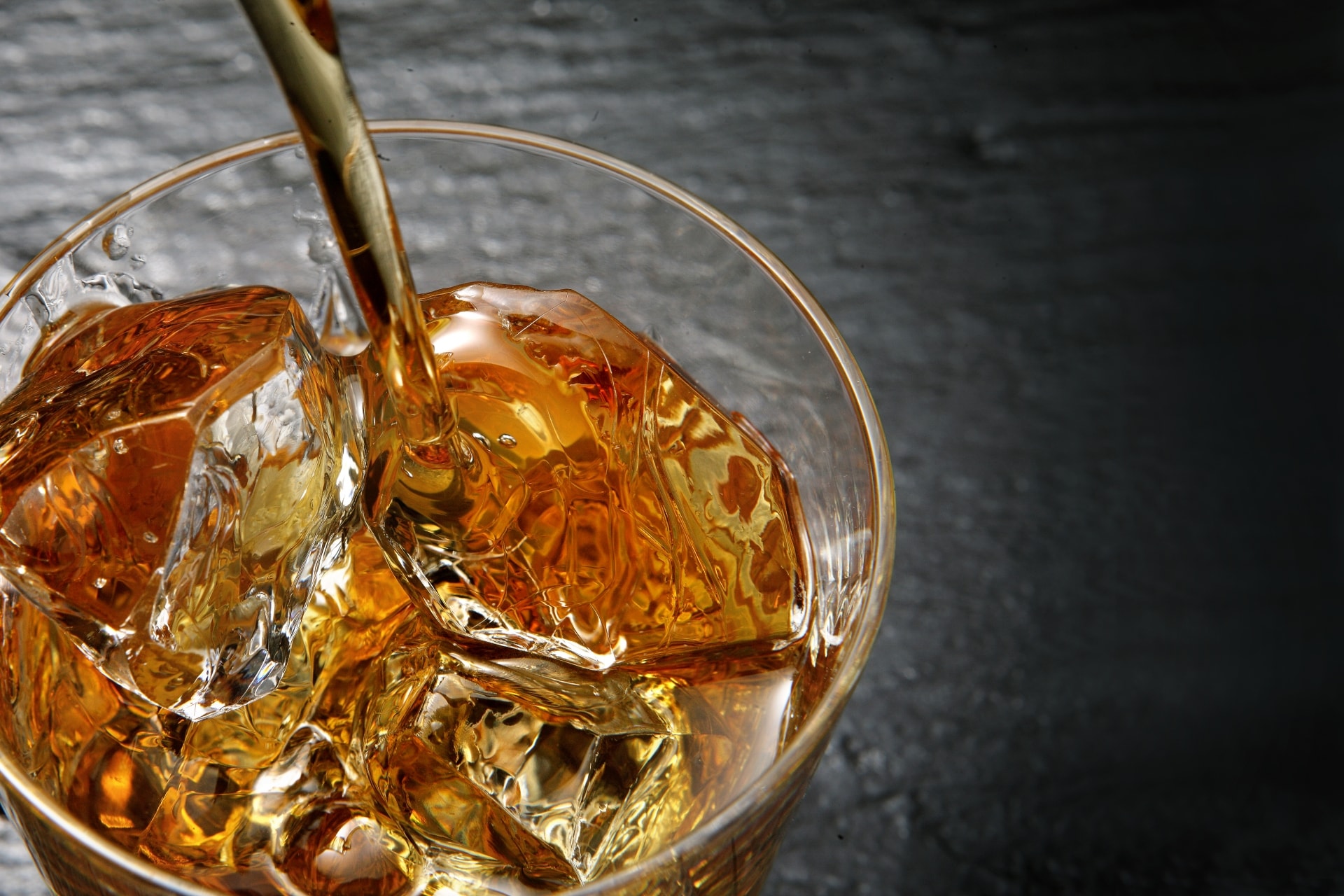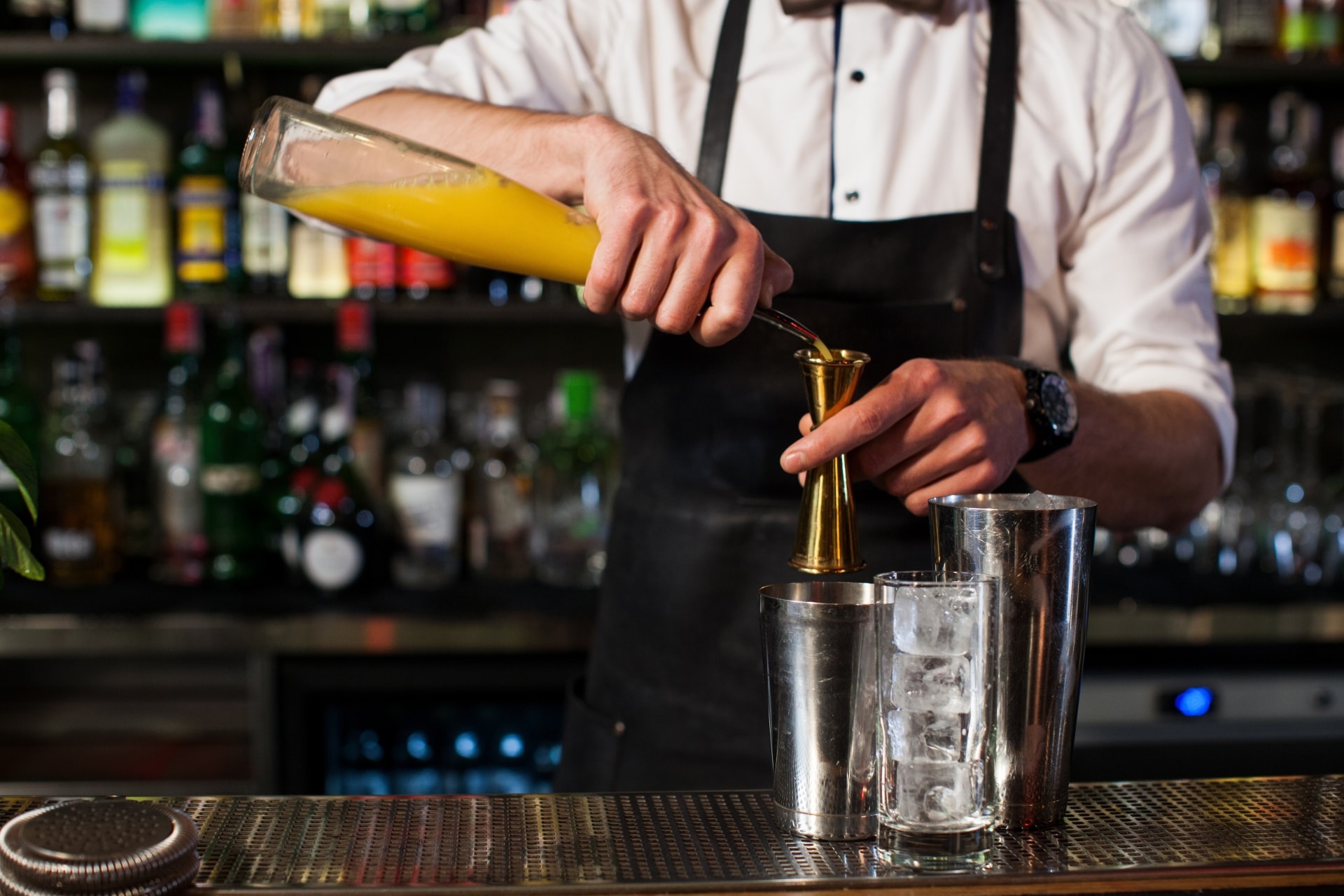- Home
- [Beginning of Sake] - Let's learn more about Sake!
- 1. Brewed, Distilled and Mixed liquor, 3 types of alcohol classified by manufacturing methods and characteristics!
1. Brewed, Distilled and Mixed liquor, 3 types of alcohol classified by manufacturing methods and characteristics!
- 2020/10/11
- 4 comments

This is a series of articles entitled “Beginning of Sake,” which explains knowledge about sake.
In the first article, “Three types of alcoholic beverages” are explained under the title of Basic knowledge of Alcoholic Beverages.
If you’re interested in learning more about alcohol, please read this article as a reference.
Contents
Alcohol is classified as “Three types of alcoholic beverages”
Alcohol began to be brewed more than 5,000 years ago.
Since then, a lot of alcoholic beverages has been brewed and drunk around the world.
There are countless alcoholic beverages in the world, such as beer, wine, and sake, with different ingredients, production methods, colors, aromas, and tastes.
There are so many types of alcoholic beverages, but roughly speaking, they can be classified into three categories: “brewed liquor”, “distilled liquor”, and “mixed liquor”.
There are various methods for classifying alcoholic beverages, such as focusing on raw materials and alcohol content.
Remember these three “alcoholic beverages” makes it easier to understand the character and characteristics of each type of alcoholic beverage.
[Classification of Alcohol]
| Name | Examples |
| Brewed liquor | Beer, Wine, Sake, etc. |
| Distilled liquor | Whisky, Brandy, etc. |
| Mixed liquor | Liqueur, Plum liqueur, etc. |
Alcohol is basically divided into three types: brewed liquor produced by fermenting raw materials, distilled liquor produced by heating them, and mixed liquor produced by mixing various raw materials.
There are many types of alcoholic beverages in the world, all of which can be classified into these three types.
If you remember these three types, you can hold down the basics of alcohol.
What is brewed liquor?

Brewing liquor is the basis of all three types of liquor.
Rice, fruits, and grains are used as raw materials.
Alcohol fermented from these raw materials by yeast is called brewed liquor.
Alcohol content is generally about 5%-15%. Typical alcoholic beverages are beer, wine, and sake.
By the way, sake has a high alcohol content even among brewed liquor.
The alcohol content is often 16-18%.
Brewers include “Simple fermentation” and “multiple fermentation”
The two fermentation methods are important for understanding brewed liquor.
This is divided into “Simple fermentation liquor” and “multiple fermentation liquor”.
[Fermentation method of brewed liquor]
| Name | Type | |
| Single fermentation | Wine, etc. | |
| Multiple fermentation | Multiple sequential fermentation | Beer, etc. |
| Multiple parallel fermentation | Sake, etc. | |
To understand the method of fermentation, you must first know the principles on which sake is produced.
The principle “alcohol fermentation” will be briefly explained here.
Alcohol drinks are produced by microorganisms called yeasts that break down sugars to produce alcohol and carbon dioxide.
This is called “alcohol fermentation”.
In a chemical formula,
C6H12O6 → 2C2H5OH + 2CO2
Sugar Alcohol Carbon Dioxide (Carbonic Acid)
Sparkling sake is popular these days. However, generally speaking of sake, it does not seem to be imagined that it contains carbonic acid.
However, as represented by the chemical formula above, when alcohol is produced, carbon dioxide (carbonic acid) is produced, so in fact, sparkling sake was not recently produced, but existed for a long time (whether or not it was commonly consumed).
What is important here is that sake is made from sugar. No sugar, no sake will be brewed (it’s like Yorozuya Gin-san, who is character of “Gintama”, Japanese comics, doesn’t it?).
Based on this point, let us explain two fermentation methods.
What is the “single fermentation” method?
The “single fermentation” method is a method in which alcohol is produced using raw materials that contain sugar, which is necessary for the production of alcohol.
Alcoholic fermentation is possible only with yeast because the raw material contains sugar in the alcohol made by the “single fermentation” method.
This method is used to make wine and seador.
What is the “Multiple fermentation” method?
This is a method in which alcohol is produced using raw materials that do not contain sugar, which is necessary for the production of alcohol.
Alcohol produced by the “Multiple fermentation” method does not contain sugar in its raw material.
On the other hand, all plants used as raw materials for alcohol have “starch” to varying degrees.
This “starch” refers to “carbohydrates.”
Carbohydrates are often avoided in recent years by using carbohydrate diets. The reason is that “carbohydrates” are made of “sugars” and “dietary fibers”.
When carbohydrates are digested in the stomach or intestine, they are degraded and “sugars” are taken up by the body.
The carbohydrates (sugars) that are taken up by the body are used to move the body, while the excess energy is stored in the body as fat.
Therefore, the “carbohydrate diet” attempts to diet the carbohydrate, which is the source of the fat, by avoiding taking the carbohydrate, which is the source of the fat.
The story was a little off the street.
The plant, which is the source of alcohol, has “carbohydrates = starch”, which is the basis for the “sugar content” needed to make alcohol.
Therefore, in the “Multiple fermentation” method, starch contained in the raw material is first changed into sugar content, and then the sugar content is fermented with alcohol to produce alcohol.
Multiple fermentation methods include “sequential” and “parallel”
The Multiple fermentation method is divided into two fermentation methods, one is Multiple sequential fermentation method and the other is Multiple parallel fermentation method, depending on the timing at which alcohol is fermented.
” Multiple sequential fermentation method” is alcohol produced by saccharifying starch and then performing alcohol fermentation.
This is mainly the case with beer, etc.
On the other hand, the “Multiple parallel fermentation method” is alcohol made by simultaneous saccharification and alcohol fermentation.
This is mainly the case with sake.
The wine, beer, and sake we’ve shown in our examples so far are referred to as “the three major breweries”, so it’s a good idea to remember.
What is a distilled liquor?

Distilled liquor is a type of liquor made by collecting the hot water produced by heating brewed liquor, cooling it and then returning it to a liquid again.
Alcohol content is as high as 25% to 40%.
Why does the alcohol content of distilled liquor increase?
The reason for this is the process of making distilled liquor and distillation.
Manufacturing process of distilled liquor
Distilled liquor is produced through the following process.
1. Heating of brewed liquor
Heat brewed liquor containing 5-15% alcohol in a still.
When the liquid is heated and exceeds a certain temperature (boiling point), the liquid boils and becomes hot water.
Therefore, when making distilled liquor, the brewed liquor is heated until the boiling point is exceeded.
2. Evaporation of alcohol
The temperature at which the liquid boils and becomes hot water varies from liquid to liquid.
Focusing solely on liquids, alcohols are made of alcohol and water, but the boiling point of alcohol is 78.3°C and that of water is 100°C.
Alcohol therefore begins to turn into hot water at lower temperatures.
In principle, only alcohol continues to be hot if the brewery continues to heat at temperatures above 78.3°C and below 100°C.
In reality, alcohol is not the only thing that gets steamed, and the water also gets steamed together.
However, this steam becomes alcohol-rich steam because alcohol is more hot and hot than water.
3. Cooling of the vaporized alcohol
Alcohol-rich hot water is collected by passing it through a pipe.
When the collected hot water cools down to below the boiling point, the hot water returns to liquid.
This liquid is distilled liquor.
In this way, distilled liquor boils brewed liquor, collects and cools hot water that is rich in alcohol, and becomes liquid, thus concentrating the alcohol.
Therefore, distilled liquor has a higher alcohol content than the original brewed liquor.
By repeating this distillation, it is also possible to raise the alcohol content to 60% or higher.
However, the maximum value is 96% due to a phenomenon called “azeotrope”.
“Azeotrope” is a phenomenon in which when a liquid is boiled, the proportions of components in the liquid and the proportions of components in the gas become the same.
If this happens, boiling more liquid will not change the percentage of ingredients.
In the case of water and ethanol, increasing the alcohol concentration to 96% leads to an azeotropic state, so distilled spirits with an alcohol content of more than 96% cannot be produced.
The type of alcohol varies depending on which brewed alcohol is distilled.
For example, distilling beer produces whisky.
Distillation of wine leads to brandy.
When sake is distilled, it becomes rice shochu.
Other distilled liquors include awamori, vodka, gin, tequila, and cognac.
It would be interesting to find out what kind of brewed liquor each distilled liquors is made from.
What is a mixed sake (corn sake)?

Mixed liquor is generally called “liqueur” and is produced by blending ingredients such as fruits, herbs, and herbs with brewed and distilled liquor as raw materials.
Alcohol content varies depending on the brewed or distilled liquor used as a raw material.
Hybrid liquor can be divided into four categories depending on the ingredients.
[Types of Hybrid Alcohol]
| Name | Type |
| Herbal liqueur | Campali, Gariono, etc. |
| Fruit-based liqueur | Cointreau, Grand Marnier, etc. |
| Nut, seed-based liqueur | Amaretto, Malibu, etc. |
| Liqueur for other raw materials | Such as Jogre and Bailey |
In addition, the production method of mixed liquor is divided into the following four methods.
[Way for Producing Mixed Liquor]
- Distillation method: distillation of raw materials and liquor together
- Immersion method: A method in which ingredients are extracted by immersing raw materials in alcohol
- Percolation method: Extract coffee by circulating the same flavor as coffee in hot water or alcohol
- Essence method: adding natural or artificial essence oil to alcohol
There are many different types of mixed liquors worldwide because of their abundant raw materials and manufacturing methods compared to brewed and distilled liquors.
Learn three basic types of alcohol to deepen your understanding!
I have introduced three alcoholic beverages, which are the basis of alcoholic beverages.
The three main categories are brewed liquor, distilled liquor, and mixed liquor. However, they are divided into a wide range of categories depending on the raw materials and manufacturing methods.
I think that knowing the basics of alcohol will often help you when you drink in the future.
I would be grateful if you could use this article as a reference to find out what kind of alcohol is available and remember it when you drink from now on.
The next time is the 2nd “Explain the brewing way and characteristics of the six typical types of alcohol beverages!”
[References] NPO FBO/ Hioki Haruyuki/Omori Kiyotaka/Itaba Masayoshi/Nagata Suguru, “MOTOI of MOTENASHI”, NPO FBO 2017It's our great pleasure if this article is helpful for you.
Comment (0)
No trackbacks yet.










No comments yet.